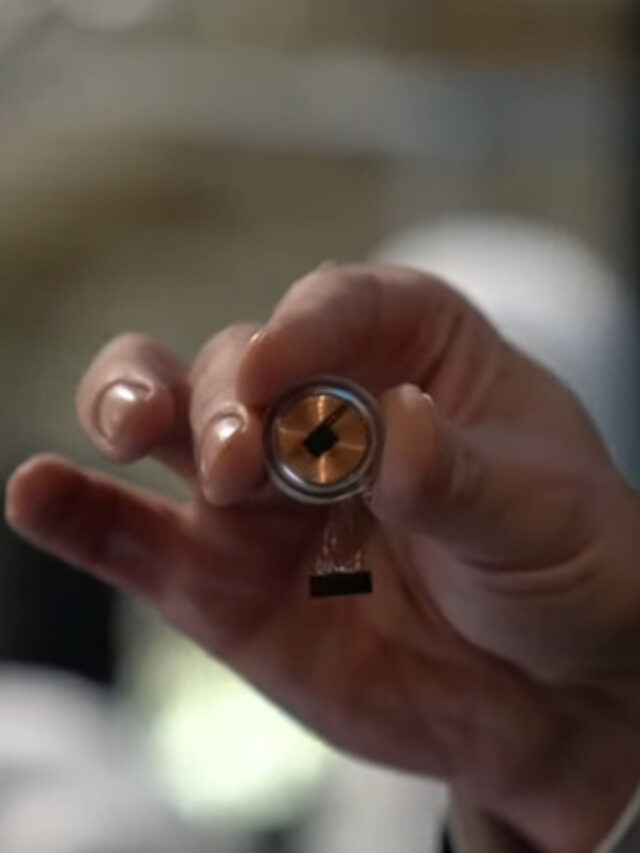In a groundbreaking development, tech mogul Elon Musk’s has announced that his company, Neuralink, has successfully implanted its first wireless brain chip in a human. The significant achievement marks a crucial step towards Neuralink’s ambitious goal of connecting human brains to computers and addressing complex neurological conditions. This article delves into the details of this milestone, the technology involved, and the potential implications for the future.
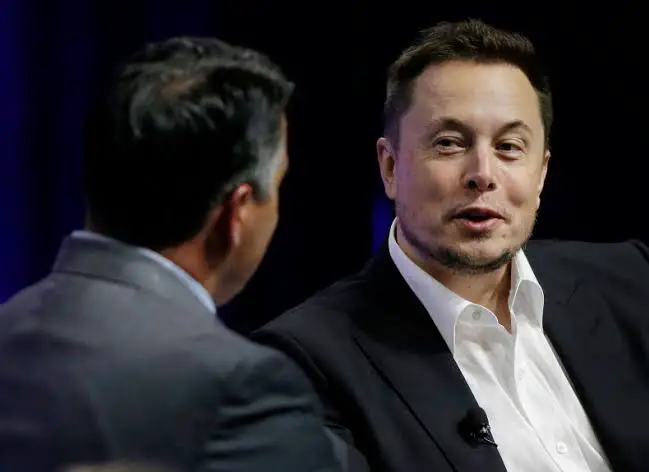
Neuralink’s Mission and Regulatory Approval:
Neuralink’s mission is to bridge the gap between human brains and computers, aiming to revolutionize the understanding and treatment of neurological disorders. The company received approval from the U.S. Food and Drug Administration (FDA) in May to conduct human trials, overcoming previous regulatory challenges. This green light paved the way for a six-year study involving the implantation of flexible threads, thinner than a human hair, into a specific brain region associated with movement intention.
Implantation Process and Initial Results:
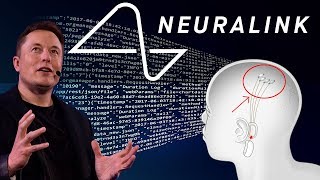
During the implantation process, a robot is utilized to surgically place 64 flexible threads onto the targeted brain area. These threads are a key component of Neuralink’s experimental implant, which is powered by a wireless-charging battery. The implant aims to record and transmit brain signals wirelessly to an app capable of decoding the user’s intended movements. Elon Musk shared that the initial results revealed promising neuron spikes or nerve impulses, and the patient is reportedly recovering well.
Neuralink’s First Product: Telepathy:
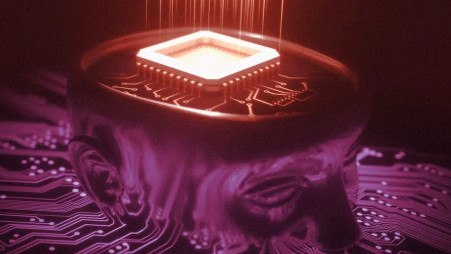
Elon Musk, known for his bold visions, disclosed that Neuralink’s inaugural product would be named “Telepathy.” This innovative technology is envisioned to empower users with the ability to control devices such as phones or computers through mere thoughts. Musk expressed that the primary beneficiaries of Telepathy would be individuals who have lost the use of their limbs. He painted a compelling picture by referencing the late Stephen Hawking, suggesting that the technology could enable communication at a pace surpassing that of a professional typist or auctioneer.
Challenges and Competing Ventures:
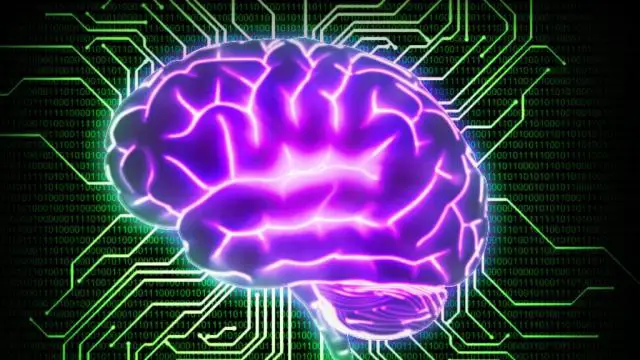
While Neuralink’s achievement captures headlines, the landscape of brain-computer interface (BCI) technology is competitive. Several companies, including Utah-based Blackrock Neurotech and Precision Neuroscience (formed by a Neuralink co-founder), have been exploring BCIs for years. Blackrock Neurotech, for instance, implanted its first brain-computer interface in 2004. The diversity of approaches, ranging from thread-based implants to surface-level devices, highlights the complexity and ongoing evolution of this field.
Potential Applications and Social Impacts:
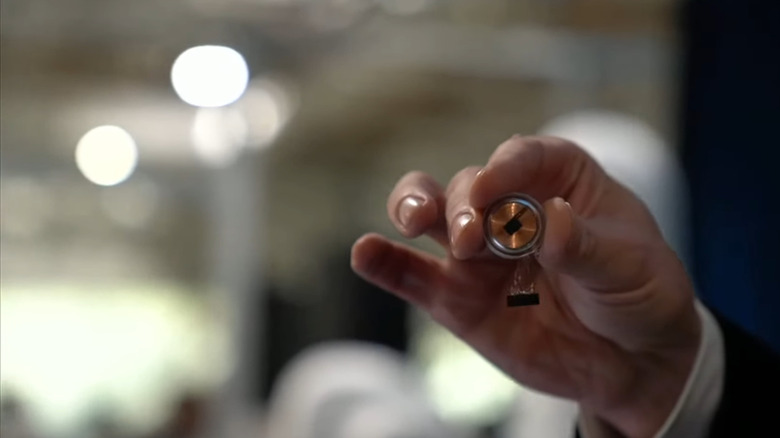
The successful implementation of a wireless brain chip opens doors to diverse applications beyond medical contexts. Musk’s vision of enabling telepathic control over devices has broader societal implications, potentially transforming the way we interact with technology. The focus on assisting individuals with limb loss underlines the potential for Neuralink’s technology to enhance accessibility and inclusivity.
Ethical Considerations and Future Developments:
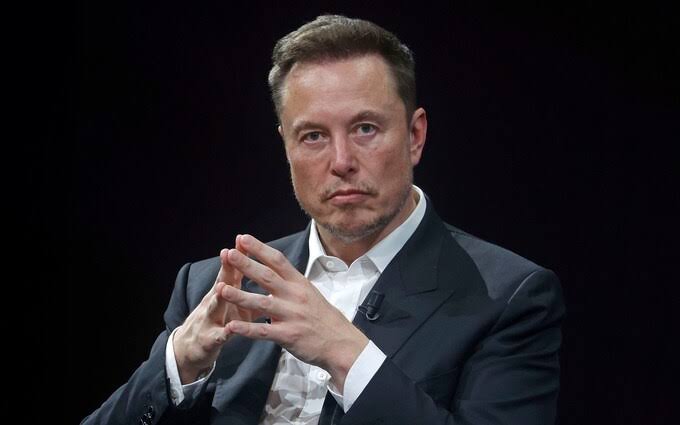
As Neuralink and similar ventures push the boundaries of neurotechnology, ethical considerations come to the forefront. Privacy, consent, and the potential misuse of brain data raise complex questions. Looking ahead, the evolution of Neuralink’s technology and its integration into mainstream society will necessitate ongoing discussions on ethical frameworks and regulatory safeguards.
Conclusion:
Elon Musk’s Neuralink achieving the successful implantation of its wireless brain chip marks a significant stride towards realizing the company’s ambitious goals. The convergence of technology and neuroscience opens exciting possibilities for addressing neurological conditions and redefining human-computer interactions. While challenges and competition persist in this evolving field, the collective progress contributes to a future where the boundaries of human potential continue to expand. As Neuralink’s journey unfolds, society is poised to witness transformative changes at the intersection of technology and the human mind.
